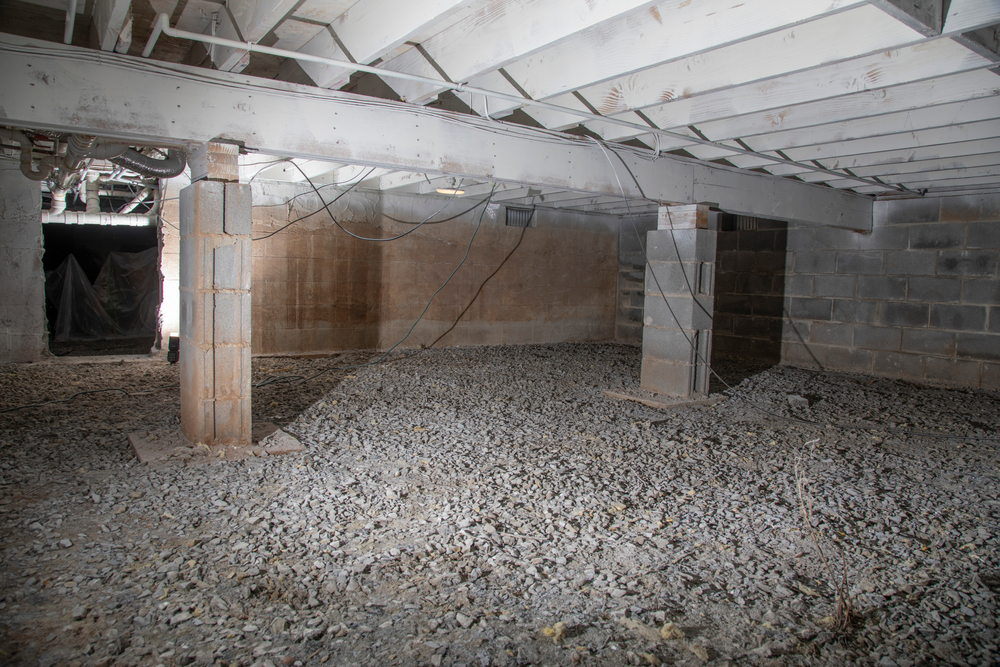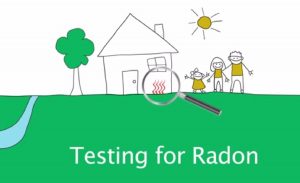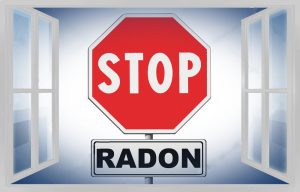Now that you’ve set up a radon mitigation system installed at home, what can go wrong? Yes, you have successfully taken the best steps toward safeguarding your health from radon gas. These systems prevent radon gas from accumulating inside the house or building. And no, while an air purifier has its benefits, it doesn’t work for Radon.
With the help of the Atlantic Radon Mitigation team, you can be sure that you are not breathing unsafe air.
However, since this system is installed outside, you may be wondering if it’s safe to simply let it sit as it is. It could become damaged by external elements. In turn, it will allow radon gas to seep in again without you knowing about it. This can be a dangerous prospect as you would usually only service the system once a year. So is your radon mitigation system safe from the elements? Let’s find out.
How does a radon mitigation system work?
There are two devices affixed to the building when the system is put in place:
The exhaust point
This is fitted on the garage or some outside wall and acts as the point from which radon gas is expelled from the building. Without this in place, the gas would simply amass inside the building. A pipe would be connected from one of the lowest places in the building to the exhaust point, thus creating a radon vacuum.
The in-line fan
The fan is then installed on the pipe to create a negative pressure system underneath the foundation. This creates a continuous vacuum effect, sucking up the air from below.
The whole system works to remove all radon from the foundation and expel it outside before it enters the home. As such, the only parts exposed to external elements are the exhaust point and the pipe leading to the point.
How is your mitigation system safe?
As long as your radon mitigation system was installed by certified professionals, you won’t have to worry about the safety of the same system. In most cases, regular check-ups are conducted each year to ensure the integrity of the system.
If the system installed is of sufficient quality, then steps would have already been taken to protect the system from these elements. These are what you would usually find:
1. The joints will be glued. Extra protection applied on the parts exposed to the outdoors
The installation company will make sure that each part of the system is securely glued into place and sealed. The exhaust point and the pipe would also be manufactured from hardy materials and will have layers of protection against water and heat.
2. The inline will be sealed and water-sealed –
The fan is usually indoors and will not be as affected by external forces but can still be susceptible to water damage. For this reason, the internal motor is usually water-protected and can survive splash damage.
3. The system will be installed to ensure proper drainage
You need to angle the pipes and drainage areas slightly. This way, you can ensure that water will not stagnate and will have a proper route to drain.
4. Airflow in the exhaust pipe
These pipes have enough space to allow airflow inside. This airflow will typically prevent anything from accumulating around the opening, thus keeping the opening safe as well.
Contact the Radon Mitigation Experts Today!
Just like with other devices that you may have fitted in your home, the parts exposed to the outdoors will be protected against the elements. As long as you have installed a legitimate system through a legitimate radon mitigation company like Atlantic Radon, you don’t have anything to worry about.
Most radon systems usually come with all the features mentioned above. However, there may be some areas that are affected differently. Check with a local mitigation company like Atlantic Radon Mitigation Team before installation.
For example, your area may be prone to rodents or small animals borrowing into open holes. This leaves the exhaust point exposed to being blocked by nests or these animals. For this purpose, you will have to get a mesh guard installed on the opening and these will have to be cleaned regularly to avoid any build-up of debris.
As long as you are getting the mitigation system checked once a year, the system will last a long time as they are built to do. If you haven’t installed a system already, contact a reputed mitigation company like Atlantic Radon. We can help get the job done efficiently and safely.




